AlainK
Imperial Masterpiece
Sounds good.
We don't have the same brands on the other side of the ocean, but that sounds good...
We don't have the same brands on the other side of the ocean, but that sounds good...
Derek's problem might not be an actual sulfur deficiency. But a second benefit of sulfur in the soil or in the fertilizer is sulfur as it dissolves forms weak acids, sulfonates etc, that help with absorption of iron, manganese, magnesium and other metals needed to create the enzymes needed for metabolism.
Just thinking...
@derek7745 Do you use tap water for watering your trees? Have you ever had it tested for alkalinity? Maybe your tap is high in alkalinity which will buffer against pH variations...
You can probably ask a pet shop (with aquarium stuff) to make a sample test for you. There's a test kit called kH that tests alkalinity (= carbonate hardness).
Thanks guys!
By the way, @Cosmos you live 500 metres from me -- any trouble with water? I don't know for sure that I am having trouble (in truth I doubt that I am, since only 4 trees out of many are affected) but I just thought to ask you!
D
i'm hoping that i'm over thinking all of this, and that these 4 trees are just playing games with my head. But in any case, acidifying the soil might be a good idea anyways right?
Not quite sure how your drinking water barely reaches 6.0
btw, in my cool climate I sometimes see leaves like yours in early spring and they green up later when it is a bit warmer. I've had other species such as bitter orange appear very chlorotic in my cool spring temperatures and also green up later. It is like certain species/varieties require a bit more warmth to fabricate chlorophyll
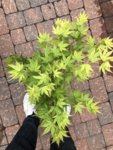
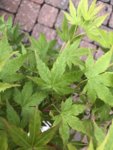
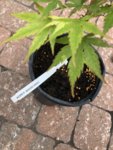
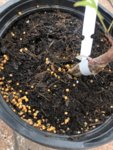
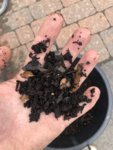
Until one finds the answers, or gets through the first experience, there is no such thing as 'overthinking'.the perils of overthinking and overcomplicating
derek
HOWEVER, the *only * difference between dwarves and my sango kaku mother plant is that the latter is planted in composted pine mulch and peat loam, which gives me confidence that the issue cannot be with PH.
